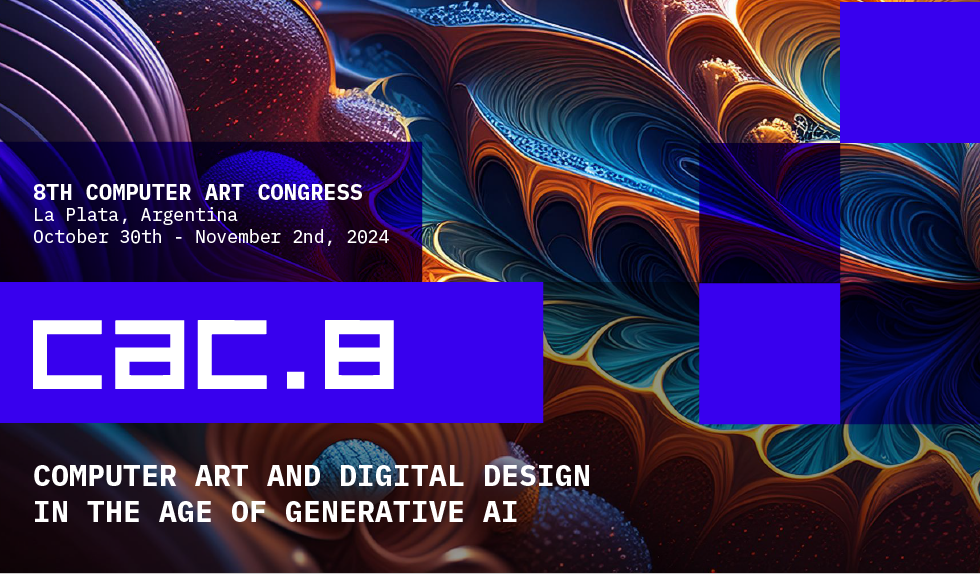This paper develops several lines for the doctoral thesis "Adoption of Interactive Online 3D Image Technologies in the Professional Practice of Architecture and Design in Latin America" at the National University of La Plata.
Artificial Intelligence (AI) radically transforms projective disciplines by creating an unprecedented intersection between the human and the non-human in creative processes. As Klaus Schwab (2016) points out, the digital, physical, and biological convergence is blurring the traditional boundaries between the human and the technological, a phenomenon clearly visible in the impact of AI and 3D technologies on art, design, and architecture. These disciplines are undergoing a transformation in which technologies not only optimize processes but also co-create alongside professionals, redefining traditional ways of conceptualizing and materializing projects.
This paper investigates how AI and interactive 3D visualization technologies are changing the relationship between professionals and their creations, clients, and work environments. Based on the concepts of "boundary objects" (Star & Griesemer, 1989) and Actor-Network Theory (Latour, 2005), it analyzes how these technologies are configured not merely as tools but as actors that intervene and co-create with humans.
3D modeling and AI-generated virtual reality enable professionals to interact immersively with objects and spaces. This interaction enhances a dynamic relationship between the creator and the creation, where decisions are influenced by algorithms that suggest new aesthetic and functional solutions. This phenomenon redefines creative practice by granting technologies an active role in the conceptualization and materialization of projects.
AI technologies act as "boundary objects," facilitating communication between diverse actors such as architects, designers, developers, and clients. According to Pinch & Bijker (1987), technologies are not neutral; they are shaped by the social and cultural interactions of their users.
Following Nonaka and Takeuchi's (1995) concepts of organizational learning, this paper examines how the integration of AI and 3D technologies into these projective disciplines requires a constant process of learning and adaptation. Professionals must transform tacit knowledge into explicit knowledge to efficiently integrate these technologies into their workflows. In Latin America, where economic and technological barriers may be significant, this process is crucial for enabling the successful adoption of emerging technologies.
In conclusion, AI and 3D technologies are redefining practices in art, design, and architecture, facilitating collaboration between humans and non-humans that transcends traditional boundaries of the creative process. This study explores how these technologies mediate relationships between actors and how technological controversies and learning processes are shaping their adoption in Latin America, providing new perspectives on contemporary creative practices in projective disciplines.
- Poster

 PDF version
PDF version

